Volleyball season is always right around the bend. Whether you’re playing indoor or beach volleyball, there are tricks to get in shape for the season, items to pack in your bag, and methods to prepare for a tryout. Focusing your attention on these three topics allows you to fine-tune the details and bring your best self to the court.
Getting in shape for volleyball season
In any sport, waiting until the season starts puts you behind before you even start day 1 of official training. Volleyball is no different. Specific areas can be worked on before tryouts to prepare you for your best performance. Make sure to initiate your training at least a month prior to volleyball season
With any type of workout, if a type of conditioning is new to you, make sure you are cleared by a doctor for the exercise. You may be able to find a trainer who specializes in private workouts. Stretch after exercising to remain limber and help clear up lactic acid.

Cardio conditioning
Aerobic and anaerobic conditioning are two different things. Aerobic conditioning is the type of conditioning long-distance athletes need. While this isn’t necessarily a bad thing, especially if you are new to working out, aerobic conditioning isn’t high on the priority list for volleyball. Anaerobic conditioning, the type that allows short spurts of energy and enhances the ability to react fast, will serve you well with volleyball.
HIIT, or High-Intensity Interval Training, focuses on short distances or repetitions with rest. This is an excellent way to increase your cardio capacity while still honoring the ebb and flow of energy required in volleyball. A google search can reveal all kinds of HIIT workouts, as well as local gyms offering classes, or you can simply do something like 3 minutes running to 2 minutes walking on a repeat.
Plyometrics
Jumping takes a toll on your body. Ankle injuries are common, and the intensity on your hips and knees can cause flair-ups. You must be ready to jump again and again in volleyball.
To be prepared for all the jumping, plyometrics trains your muscles to react to jumping with speed and power. Don’t overdo it in pre-training. A few times a week is plenty for conditioning for the season.
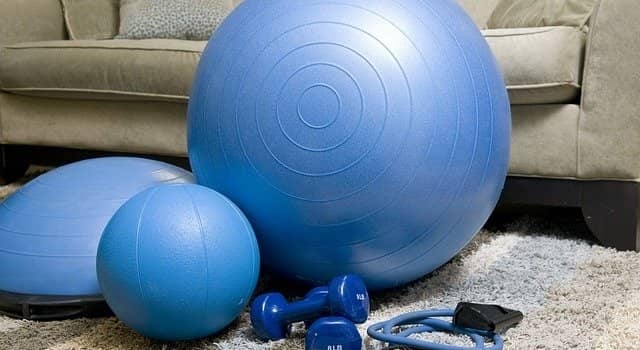
Strength training
Volleyball strength training conditioning uses weights or simple bodyweight exercises. Like plyometrics, you do not want to do strength training daily. 3-4 times a week will be plenty and make sure to alternate leg days with arm days so your body can recover.
Focus on your diet
Athletes’ diet, or lack thereof, can affect their performance for training or tryouts. Make sure you are eating a balanced diet that supports the type of exercises you are incorporating into your training. If you are planning aerobic training, you must have fuel for a long workout. Should you find your workout in the hot sun, hydration must be taken into account. Again, if you are unsure of how to lay out your diet, consult a nutritionist specializing in sports nutrition.
At-home drills
One of the best ways to prep for the season is to play on a rec league. This allows you to continue to fine-tune your skills and practice out new drills you learn. However, there are a few specific drills you can do on your own in the comfort of your home.
Make sure to keep looking for new drills to practice. There are drills for each position, as well as general conditioning. The more you do on your own, the better player you will be in-season.
Lateral movements
Holding your hands behind your back, place your feet shoulder-width apart and then jump from one foot to the other. It is important to note not to go into this exercise cold, as landing the jumps could cause injury on stiff legs. You can also further this by using both feet. Push off and land in a squat to protect your knees.
Various plyometric jumps you are available to perform on your own. Again, ensure you always warm up and stretch after and do not do these exercises daily.
Line Sprints
Set this drill up anywhere you can measure out lines, but ideally on a flat surface. If you have access to the gym or court, the feel of the court allows your body to acclimate to the playing surface. If you take this route, make sure to wear shoes with a non-marking sole. Standard volleyball shoes do this naturally by using a gum-rubber sole.
Measure out where the attack line and the center lines are on a court. Mark these same distances on your lines. Starting at the end line, run to the attack line, then back to the end line. Immediately sprint to the center line and then back to the end line. Repeat numerous times. If you are on a court floor, you can add diving for a ball at one of the lines.
Ball drill
The downside to this drill is you will need numerous volleyballs to complete it, although you could use any type of ball and still achieve the end result. Using about 15 balls, have a partner roll a ball to the side of you. Sprint to the ball and touch it. As soon as you touch it, your partner rolls another ball to the opposite side for you to sprint to and touch. This drill mimics the quick reaction time needed in a game scenario.
Jump blocking drill
Mark a line on a wall, tree, or any tall spot. This mark should be equivalent to the height of the net. Practice starting from a squat and jumping up, as if to block a spike. Ensure you are well warmed up prior to jumping and stretch after.

Volleyball Gear
While the gear does not make the player, to play, there is some gear that is necessary. With more experience, certain luxuries begin to show their importance. Below, check out the gear most volleyball players carry with them.
- Volleyball
Depending on if you are playing inside or on the beach, the ball will be made differently, and the stitching will reflect the need for sand to stay out of the ball or carry longer in the air. Not all balls are created equally, and you will figure out which ones work best with your approach. It is helpful to know the type of ball used in the arena you will be playing so you can practice with that type on your own. - Knee pads
If you are playing indoor volleyball, knee pads are important. Diving and sliding across the court give your knees quite the beating. Knee pads help prevent injuries. Beginners and younger players need thicker pads to protect their knees while they learn how to dive. Once experience is gained, thinner knee pads can be used to help against bruising and burns simply. - Ankle braces
Because of the importance of jumping, sprained ankles are the most common injury for volleyball players. Ankle braces help to reduce this number by 40% and give volleyball players stability and guard the ankles on all sides. Some coaches are even requiring players to use them. - Footwear
Volleyball shoes are made with gum rubber and are designed to absorb impact from continuous jumping. The shoes allow for quick movements in all directions and protect from friction caused by wear on particular parts of the shoe. They are light in weight and typically last a season. - Spandex and shirt
Ideally, your uniform top will be tight enough to allow you to move without hindrance but not so tight that it is distracting. Spandex shorts should be snug, but again, not so tight they cause distraction or circulation to be cut off. If this is your practice uniform, be sure to exercise in it ahead of the day, so you pre-navigate any possible distractions or chaffing.
Getting ready for tryouts
Now that you have your gear and pre-season training in check, time to attack the tryout. Let’s go over what the coach may be looking for in an athlete and how you can stand out. Above all, do your best. When it’s time to stretch, stretch. Don’t do the minimum and act like it’s an annoyance to stretch or retrieve balls. If you are passing with a partner, do your best and quickly fetch stray balls.
Skills
There is an abundance of particular skills a coach could require in a player. Because of this, we will examine the basic skills a player needs for traying out for the team.
Passing: have a target and pass the ball to that target.
Serving: consistency matters. If there is a harder serve but you are inconsistent, focus more on the serve you can control and maybe use the more complicated serve once or twice.
Hitting: this is all about your feet and arm swings. Again, consistency matters, so focus on the actual execution of your hit.
Attempt: go for the ball, even the impossible hits. Standing and watching are sure-fire ways to seem disinterested in the team.
Hustle and intensity
This may appear to be overblown, but it is not. Coaches are looking for who is actually out there, giving it their all, diving for balls, and running for missed balls. This dedication shows a coach that you are committed to working hard in practice, while others may be satisfied with sub-best effort. The clock starts the moment you enter a locker room, so work to ensure you are giving it your all from the start.
While keeping an attitude of sportsmanship and camaraderie, try to be the first to the ball, finish sprints first, and pushing even when tired. Call your ball and compete against yourself, also. Communicate on the court, take ownership for misses, and get right back into the game.

Attitude
Coachability is a thing. A player can have better skills and a lousy attitude. Most coaches will pass on the lousy attitude. A downer of a player brings a whole team down and creates a toxic environment. Same with a player who is a distraction. Make sure when you are chatting with teammates, you keep the topic volleyball related.
Respect matters. Listen to and thank your coach for the time during try-outs or practices. Encourage others. Stay positive and focused. Coaches are looking for a team, not a single player. Show them you are a positive impact on the unit.
Coachability
During tryouts, coaches are looking for players who respond to criticism, and feedback positively. It is one thing to simply listen and not talk back but quite another to then apply the advice and make changes in your form or approach based on the feedback.
When listening to coaches, make eye contact and respond appropriately. Nod when you understand and show you are listening. If asked a question or if you are confused on information or how to execute the skill, speak up.
Experience versus potential
Despite the amount of court time under your belt, you should arrive for tryouts looking the part. Be dressed in volleyball apparel, knee pads on and hair pulled up. Take time to understand positioning and numbers, as well as who does what. If a coach tells you to go to three or to be the setter, they are looking to see that you understand the positions.
If you have played volleyball in the past, especially for a club team, you bring to the tryout your skills. Camps and development clinics likely have provided you with experience that will show during tryouts. Yet, experience is only one component.
Potential is the other. Height, athleticism, speed, strength, agility and reaction time are all traits coaches look for in a volleyball player. Trained coaches will be able to spot a player who perhaps hasn’t played before but has natural ability to get to the next level quickly.
Click here for an in-depth article on 14 unwritten rules for volleyball etiquette
Go play volleyball
Now that you have ideas on what you can do to prepare yourself for the best season possible, show the coaches why you should be on the team. It is time to lace up your shoes, pull on your knee pads, and get out there. Remember, just because pre-season is over or you make the team, your at-home training doesn’t stop. The best athletes continue to improve their skills through conditioning, nutrition, and mental preparation.
Keep in mind the famous quote, “hard work beats talent when talent doesn’t work hard.” No matter your background, get out there and push yourself to the next level. You’ve got this.
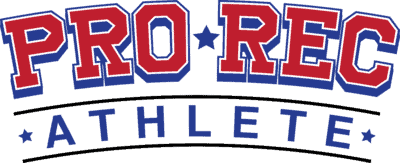
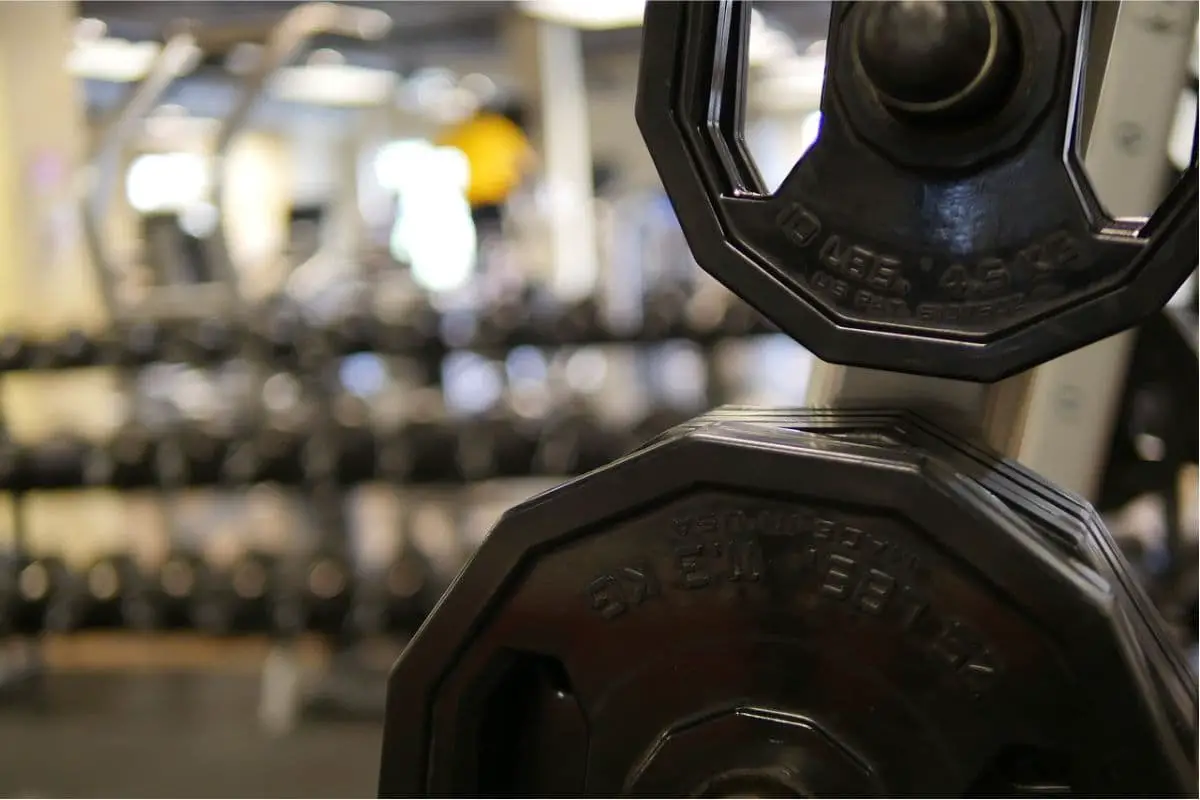
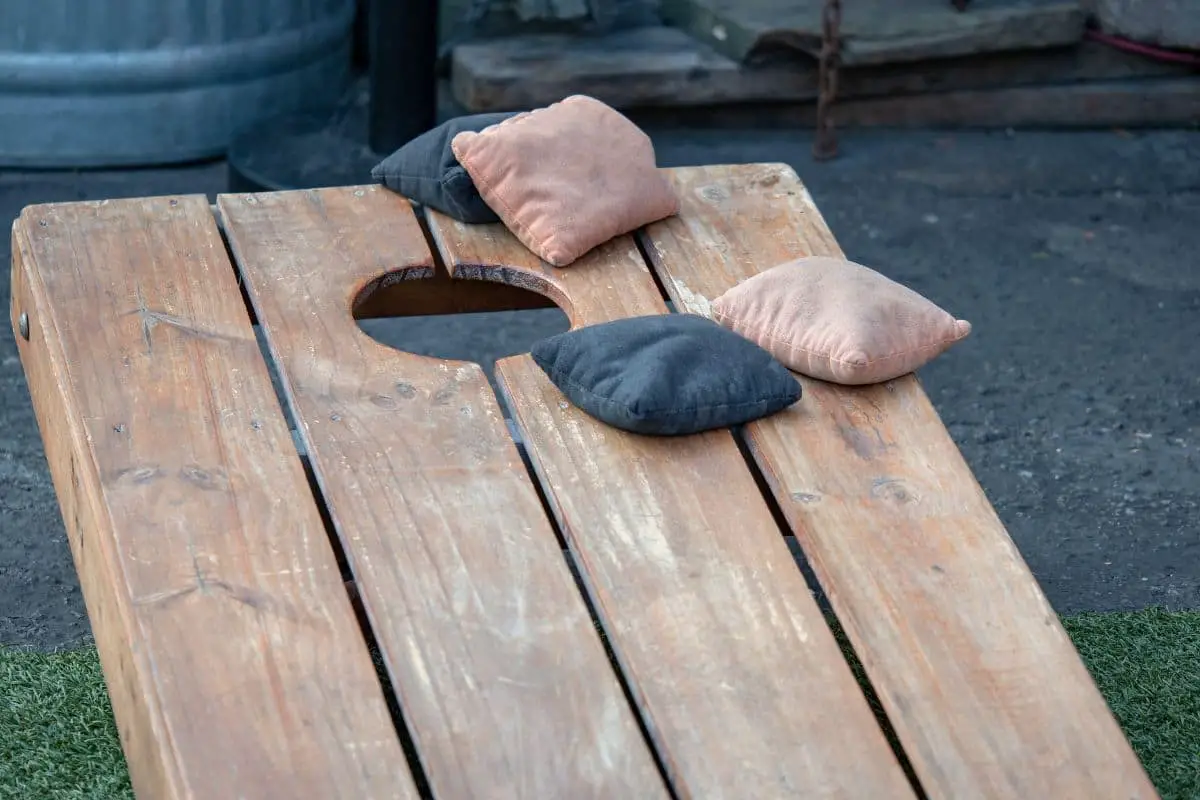
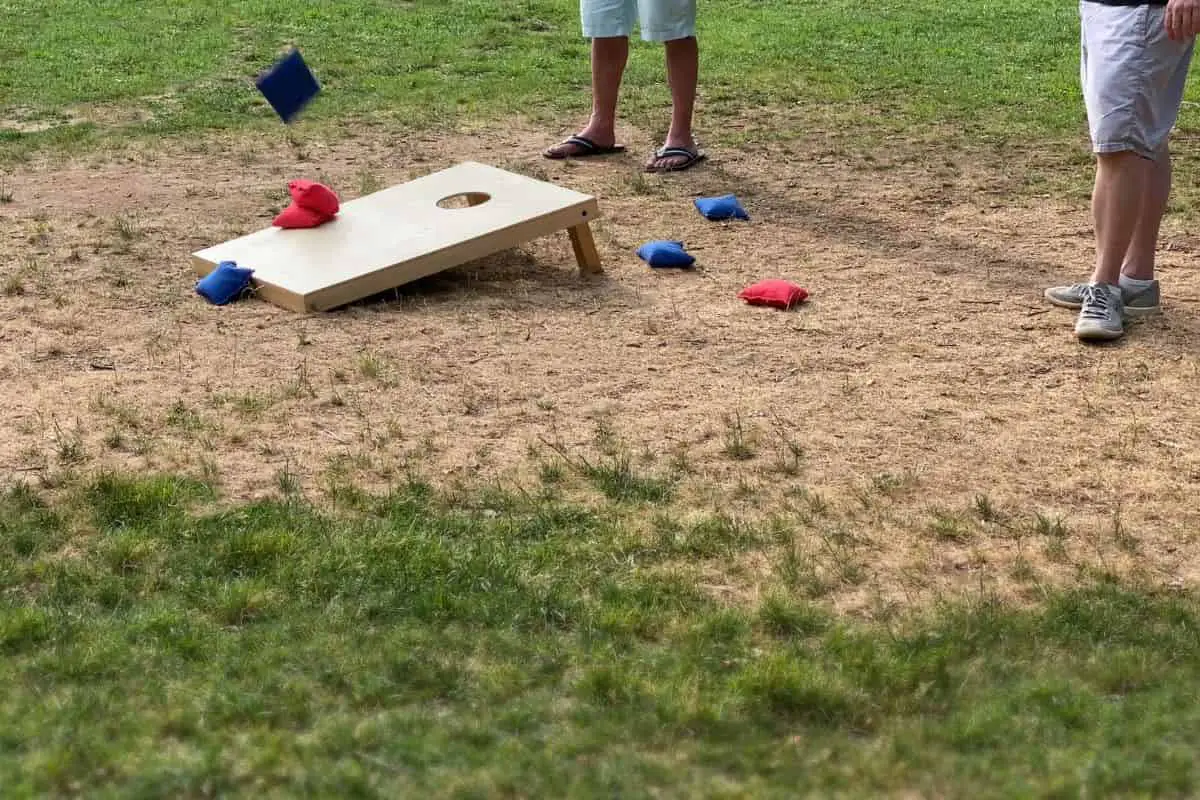
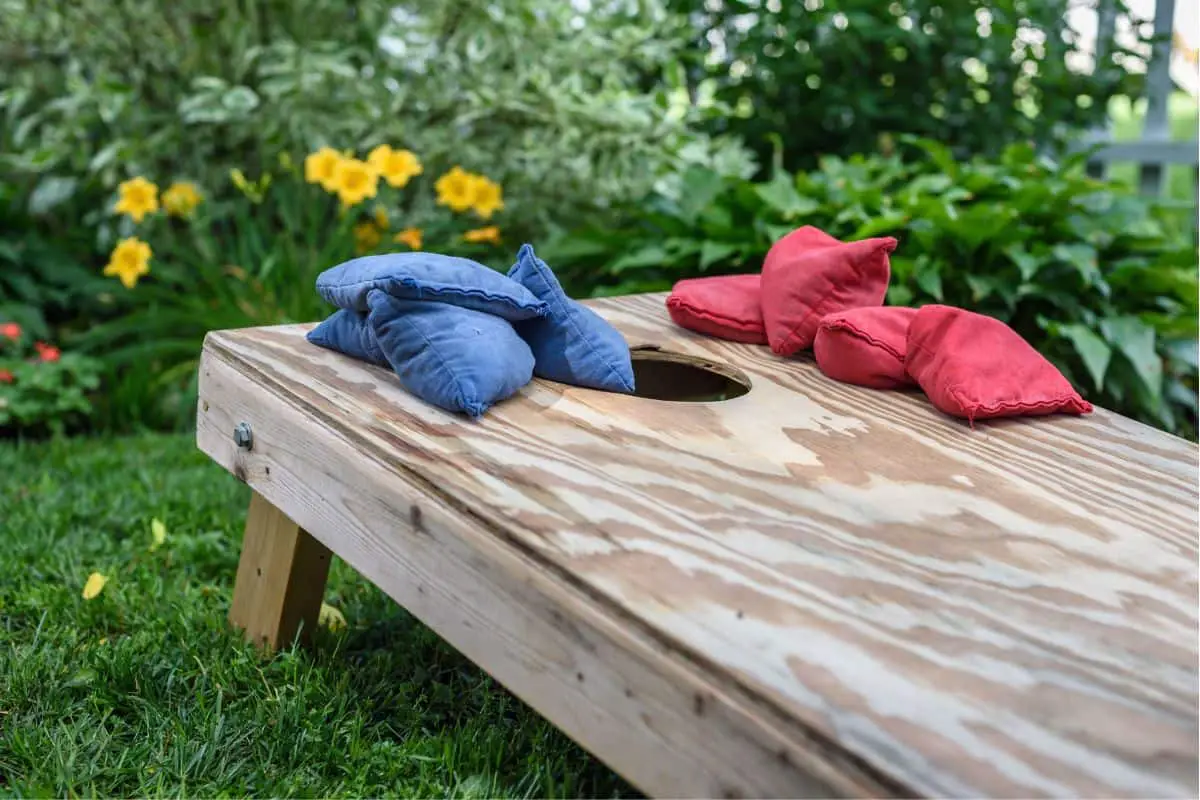
Leave a Reply
You must be logged in to post a comment.